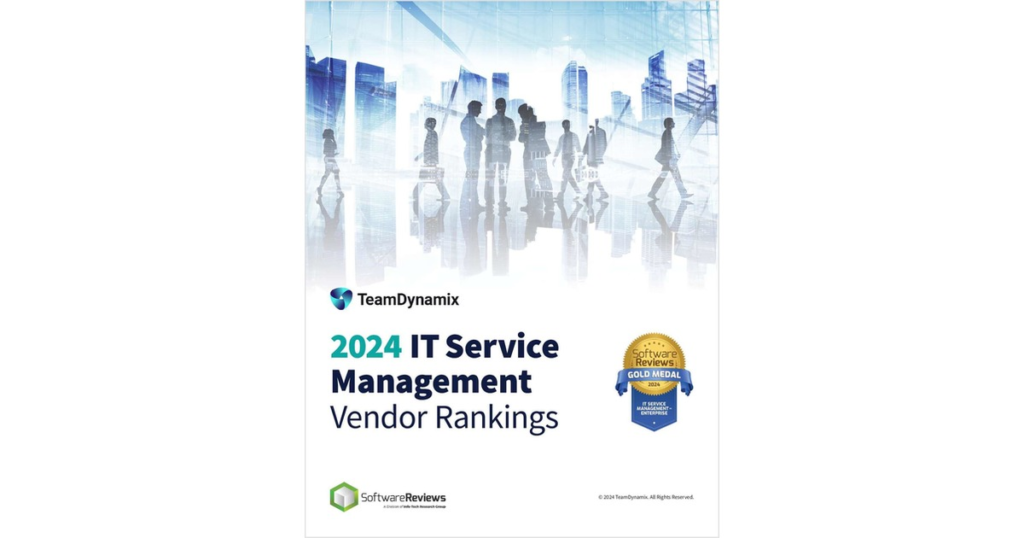How Enterprises Use Cloud to Innovate
Cloud utilization patterns continue to evolve as cloud providers introduce new capabilities and the competitive landscape evolves. Over time, businesses have been building a foundation for their future as they house more data, develop more cloud apps, and take advantage of services. “We are going beyond the cloud adoption for cost benefits and cloud adoption for velocity benefits arguments. We are well into cloud adoption/XaaS adoption for innovation,” says Shriram Natarajan, director, digital business transformation, at technology research and advisory firm, ISG. Enterprises can realize a super-return on their digitization and automation investments. By layering in AI to learn from the meta-data of previously digitized processes, they can further squeeze efficiencies and [advance] human augmentation.” Cloud-delivered services enable companies to experiment more freely and execute new ideas faster and more efficiently than if they had to invest the capital expenses and time to build out on-prem IT infrastructure from scratch. “There are a wide range of cutting-edge cloud services being delivered from the cloud that are transforming the competitive landscape,” says David Boland, VP of cloud strategies at hot cloud storage company Wasabi Technologies, in an email interview. “These include generative AI services, AI classification and recommendation, edge computing and IOT, quantum computing, advanced cloud storage solutions and cloud-based data analytics.” Related:Infrastructure Sustainability and the Data Center Power Dilemma However, many organizations struggle to fully realize their vision due to a variety of strategic, operational and technical challenges. David Boland, Wasabi “One of the most common challenges is managing cloud costs. Organizations often underestimate how quickly costs can escalate due to hidden costs, that results in a lack of visibility into cloud spending. Without proper monitoring, cloud budgets can spiral out of control, reducing the cost-effectiveness of cloud services,” says Boland. “Additionally, many organizations fall victim to vendor lock-in, where they become too dependent on a single cloud provider’s proprietary technologies and tools. This limits flexibility and makes it difficult to switch providers or use a multi-cloud strategy, hindering innovation and negotiation power.” AI Service Adoption is Rampant Companies are increasingly becoming cloud-first, where everything from innovation to collaboration happens over a public or hybrid cloud. When companies harness the cloud, they can save on costly on-prem infrastructure, opening the door to investing in more strategic objectives like product innovation and global growth. Related:Outage Bootcamp: How Resilient Is IT Infrastructure in 2024? “Without the power of the cloud, companies would have difficulty taking advantage of technologies like AI. Many of those services are cloud-based, which opens the door to advanced insights, automation and more creative ways to engage customers,” says Jean-Phillipe Avelange, CIO of intelligent Internet platform Expereo, in an email interview. “This is only possible when companies are doubling down on their cloud strategy.” The key to using cloud effectively is developing clear objectives before adoption, mastering issues like privacy and security, and clearly understanding the impact on the workforce. “Once those issues are resolved, AI can be used in many ways to increase productivity and develop never-before-realized insights into customers and the competitive landscape,” says Avelange. “However, we’re only at the beginning of this journey. Business and IT leaders and employees need to understand many facets of AI before they can consistently and effectively harness this technology.” According to John Pettit, CTO at Google solution provider Promevo, AI and data analytics are critical to drive greater productivity across the stack. Related:Cloud Strategy in the Wake of the CrowdStrike Outage “We’ve seen industry-tech startups challenging traditional business models by being more efficient and data-driven. These highly optimized business models require a lot of data and platforms that can scale with them,” says Pettit in an email interview. According to Alex Perritaz, chief architect at high availability infrastructure provider InFlux Technologies, leading organizations use cloud computing to train the latest models, and innovation is mostly driven by AI. “Using cloud solutions for these businesses makes sense as they don’t need to commit to setting up the infrastructure but can use as they go the latest GPUs to train the latest models with as many parameters as they can fit in, allowing the companies to [stay] flexible and agile in their workflow, and remain at the cutting edge for their offerings,” says Perritaz in an email interview. “Many people [were] caught up on the high demand for computing, so many purchased and set up large infrastructures and the latest hardware. As NVIDIA rolls out new generations, they must refresh their hardware to keep up with the latest models. The obvious answer to being the most competitive in the market regarding service offerings is the price and the capacity of the infrastructure to run the largest AI models.” John Samuel, global CIO and EVP at CGS (Computer Generated Solutions) says innovation is predominantly driven by cutting-edge technologies such as augmented and mixed reality (AR/XR), AI and now GenAI. “Without the power of cloud computing, the cost of adopting these technologies to drive innovation can become prohibitive,” says Samuel in an email interview. “Cloud computing also allows companies to be more agile and benefit from the innovations offered by SaaS providers, who use the cloud to deliver their services to clients. The cloud’s consumption-based cost model enables companies to pilot and test innovations without making significant investments in hardware, software, and the associated build costs of creating technology for innovation from scratch.” Companies are lowering costs and improving competitiveness using self-service generative AI services and agent-assist tools. “These technologies can also rapidly surface insights from data, giving companies a competitive edge by enabling data-driven, agile decision-making,” says Samuel. Driving the Most Value Today’s companies are using the cloud to become more agile, efficient, and secure. Cloud is capable of many things, from increasing data accessibility to scaling based on demand. Migrating to cloud enables companies to adjust to the changing dynamics within their operations. It also helps ensure everyone has the resources they need to do their jobs effectively. “When employees are equipped with the necessary tools, they can focus on strategic
How Enterprises Use Cloud to Innovate Read More »













